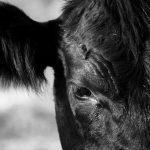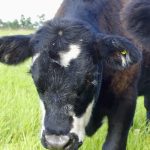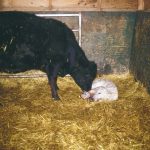One of the remarkable events of the past century related to ranching has been the genetic evolution of brood cows. The industry moved from scrawny Texas Longhorn-crosses with 25 per cent calf crops to hardy European and English hybrids producing 90 to 95 per cent calf crops with offspring weighing upwards of 50 per cent […] Read more














